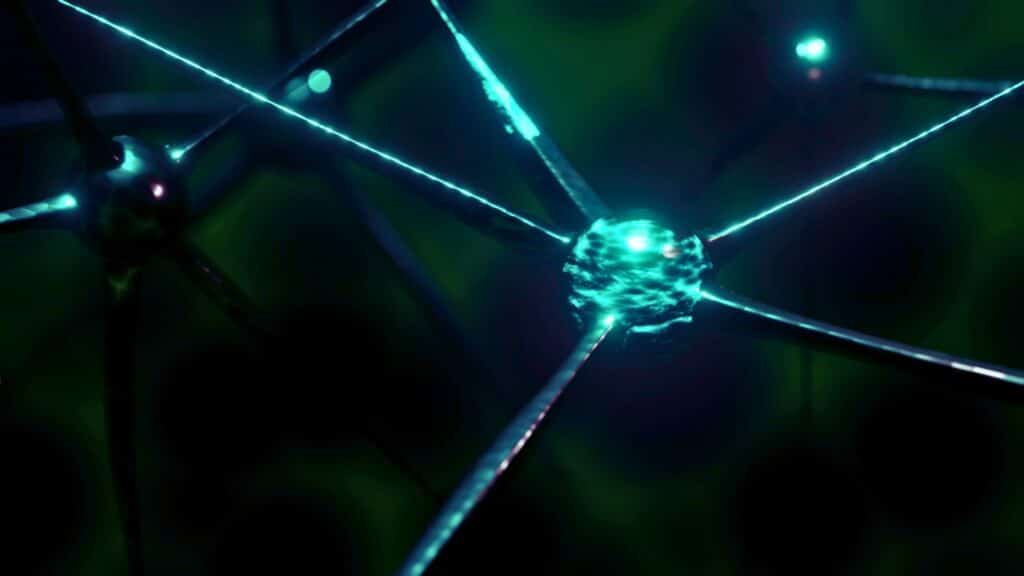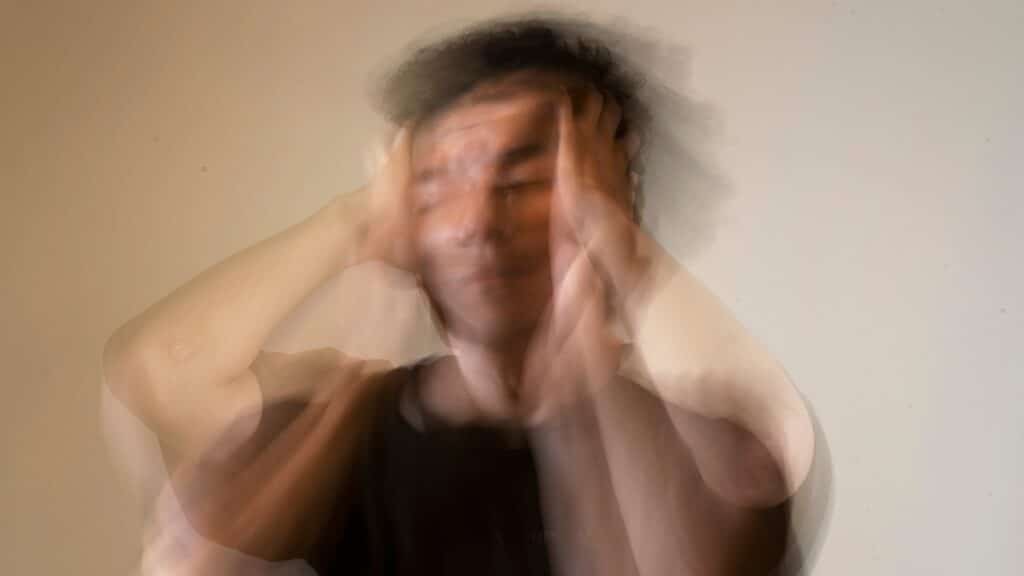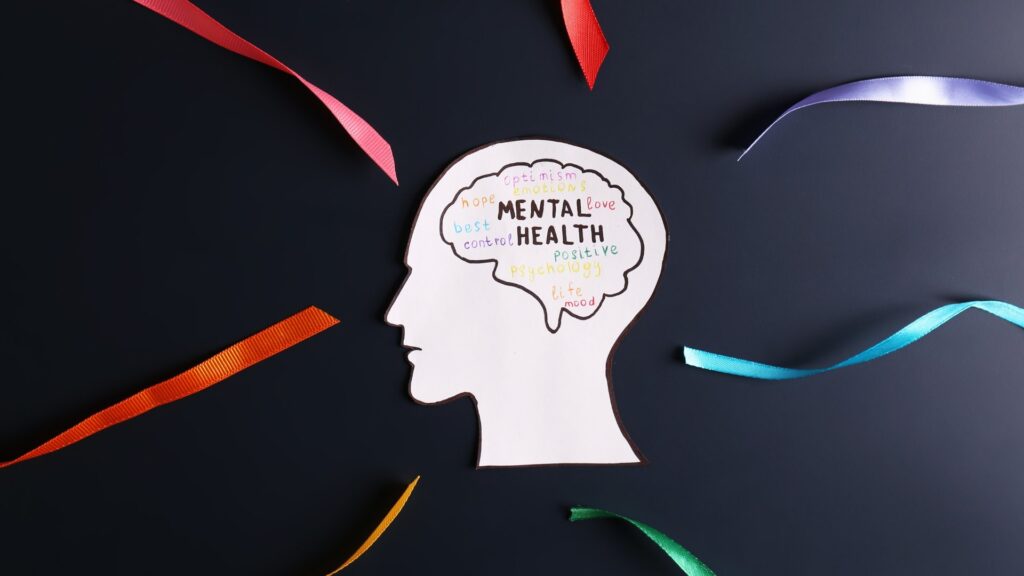Introduction

For patients suffering from treatment-resistant depression, traditional approaches like antidepressant medications or electroconvulsive therapy often fail to provide relief. However, innovative treatments such as TMS therapy and intravenous ketamine are paving the way for the future of depression treatment.
By combining transcranial magnetic stimulation (TMS) and ketamine treatments, medical professionals are achieving optimal treatment outcomes for individuals with major depressive disorder (MDD) and other mental health conditions.
This article explores how TMS and ketamine therapy work together for depression, offering significant symptom relief and improving the lives of many patients.
Understanding TMS and Ketamine Therapy
What is TMS Therapy?
Transcranial magnetic stimulation (TMS) is a powerful, non-invasive depression therapy that stimulates brain neurons through magnetic pulses. This therapy is particularly effective for patients suffering from treatment-resistant depression, providing relief when traditional methods fail.
Key benefits of TMS treatments include:
Reducing depressive symptoms through targeted brain stimulation
Enhancing cognitive function by improving neural activity
A safe, FDA-approved option requiring no anesthesia
What is Ketamine Therapy?
Ketamine therapy involves administering a dissociative anesthetic either intravenously or through a nasal spray. Known as a rapid-acting antidepressant, ketamine targets the brain’s ability to form new neural connections, promoting brain plasticity and reducing depressive symptoms. Ketamine infusions are especially effective for reducing suicidal ideation and alleviating symptoms of bipolar depression and other mood disorders.
Key benefits of ketamine administration include:
Fast-acting relief, often within hours
Significant improvement in depression symptoms for most patients
Potential to treat other mental health disorders, such as obsessive-compulsive disorder (OCD) and substance abuse
How TMS and Ketamine Therapy Work Together for Depression

The Synergistic Effects of Combination Therapy
Combining TMS therapy with ketamine treatments creates a synergistic effect that enhances the benefits of each therapy. While TMS therapy stimulates nerve cells in the prefrontal cortex, improving the brain’s ability to regulate mood, ketamine infusions promote brain plasticity, enabling the formation of new neural pathways.
This combination therapy is particularly effective for:
Reducing depressive symptoms in individuals with treatment-resistant depression
Improving the efficacy of depression treatments by targeting different mechanisms in the brain
Enhancing recovery rates and long-term outcomes for patients with mental disorders
Simultaneous Ketamine Infusion and TMS Therapy
In some cases, patients undergo simultaneous ketamine infusion during TMS treatment sessions. This integrated approach amplifies the effects of both therapies, leading to a significant reduction in depression symptoms and faster recovery. Studies have shown that patients receiving combined treatment experience a significant decrease in symptoms compared to those using either therapy alone.
Clinical Applications and Patient Benefits

For Major Depressive Disorder
Major depressive disorder (MDD) is one of the most common mental health conditions, often characterized by persistent depressive symptoms and reduced cognitive function. Combining TMS and ketamine offers a fast-acting treatment option for individuals who have not responded to traditional methods.
For Treatment-Resistant Depression
Patients with treatment-resistant depression often feel hopeless after trying numerous therapies without success. The integration of TMS and ketamine therapy provides hope by addressing the brain’s neural activity and enabling optimal treatment outcomes.
For Anxiety and Other Mood Disorders
While primarily used for treating depression, this combination therapy also shows promise in addressing anxiety disorders, bipolar depression, and obsessive-compulsive disorder. By targeting the root cause of these conditions, the therapy offers lasting relief and improved quality of life.
Patient Selection and Treatment Planning
Selecting the right patients for combination TMS and ketamine treatment is crucial for achieving optimal treatment outcomes. The process begins with a thorough evaluation of the individual’s medical history, current mental health status, and previous treatment outcomes. This comprehensive diagnostic assessment helps determine the suitability of the patient for this innovative treatment approach.
A tailored treatment plan is essential, taking into account the severity of the patient’s depressive symptoms, their treatment history, and any comorbid conditions. A multidisciplinary team of healthcare professionals, including psychiatrists, psychologists, and nurses, collaborates to create a personalized treatment plan that addresses the unique needs of each patient.
Regular monitoring and adjustments to the treatment plan are vital to ensure the best possible outcomes and minimize potential side effects. This ongoing evaluation allows the treatment team to make necessary modifications, ensuring that the patient receives the most effective care throughout their treatment journey.
The Treatment Process
Step 1: Clinical Evaluation
Before beginning TMS and ketamine therapy, patients undergo a thorough clinical evaluation to assess their medical history, current symptoms, and suitability for treatment. This ensures patient safety and identifies the best approach for achieving positive outcomes.
Step 2: TMS Therapy
During a TMS session, a device placed on the patient’s head delivers magnetic pulses to the dorsolateral prefrontal cortex. Most patients require multiple sessions over several weeks to achieve the desired results.
Step 3: Ketamine Administration
Ketamine infusions are typically administered intravenously in a clinical setting. Alternatively, some patients may use a nasal spray for at-home treatment. The dosage and frequency are carefully monitored to ensure maximum effectiveness.
Step 4: Combined Treatment Sessions
For patients pursuing combination TMS and ketamine therapy, the treatments may be delivered concurrently or in alternating sessions. This integrated approach provides significant improvement in symptoms while maintaining safety and comfort.
Safety and Considerations
Is the Treatment Safe?
Both TMS therapy and ketamine therapy are FDA-approved and considered safe when conducted in a clinical setting. Side effects are typically mild and may include:
Temporary discomfort at the treatment site for TMS therapy
Mild dissociation or dizziness following ketamine infusions
Severe complications are extremely rare, and most patients tolerate the treatments well.
Who is a Candidate?
Patients with depressive disorders, mood disorders, or treatment-resistant depression are ideal candidates for this combined treatment. A detailed evaluation ensures that the therapy aligns with the individual’s unique needs.
Potential Side Effects
While the combination of TMS and ketamine treatment offers significant benefits, it is important to be aware of potential side effects. TMS treatment may cause mild-to-moderate scalp discomfort during sessions, while ketamine infusion therapy can lead to dissociation, nausea, headache, and dizziness.
Seizures are an extremely rare side effect of TMS treatment, occurring in less than 0.1% of patients. Ketamine infusion therapy may also cause increased heart rate, blood pressure, and respiratory rate, which should be closely monitored during treatment.
Patients should be fully informed of the potential risks and side effects associated with combination TMS and ketamine treatment. Close monitoring throughout the treatment process, along with regular follow-up appointments and open communication with the treatment team, is essential to address any concerns or side effects that may arise.
Insurance Coverage and Cost Comparison
Insurance coverage for combination TMS and ketamine treatment can vary depending on the individual’s insurance provider and policy. Generally, TMS treatment is covered by most insurance providers, including Medicare, for the treatment of major depressive disorder. However, ketamine infusion therapy may not be covered by all insurance providers, and out-of-pocket costs may apply.
The cost of combination TMS and ketamine treatment can vary based on factors such as location, treatment frequency, and duration. When making treatment decisions, it is important to consider a cost comparison of combination TMS and ketamine treatment with other approaches, such as electroconvulsive therapy.
Patients are encouraged to check with their insurance providers to understand their coverage options and explore potential financial assistance programs to help manage the costs of treatment.
Advancing Mental Health Care: Why This Matters
Combining TMS therapy and ketamine therapy represents a shift in how we approach depression treatment. By integrating alternative treatments into traditional methods, healthcare providers can offer solutions that:
Provide faster and more effective relief
Address the underlying causes of mental health issues
Improve the lives of individuals with mental health disorders
As research continues to expand, the use of combination TMS and ketamine therapy is expected to grow, offering hope for individuals worldwide.
Future Directions and Research
The future of combination TMS and ketamine treatment holds great promise, but further research is needed to fully understand the mechanisms of action and optimal treatment protocols. Studies should focus on optimizing treatment protocols, understanding the effects of combined treatment on brain function and structure, and exploring the potential benefits of combined treatment for other mental health disorders.
Developing standardized treatment protocols and guidelines for combination TMS and ketamine treatment is essential to ensure consistent and effective treatment outcomes. Research should also investigate the potential benefits of combination TMS and ketamine treatment for treatment-resistant depression, obsessive-compulsive disorder, and other mental health conditions.
The use of advanced neuroimaging techniques, such as functional magnetic resonance imaging (fMRI), may help to better understand the neural mechanisms underlying combination TMS and ketamine treatment. This knowledge can lead to optimized treatment outcomes and further advancements in the field of mental health care.
Conclusion: The Future of Depression Treatment
For individuals struggling with treatment-resistant depression and other mental health conditions, the future of care lies in innovative approaches like TMS and ketamine therapy. This synergistic combination provides rapid acting antidepressant effects, improves brain plasticity, and offers a path toward recovery for many patients.
If you’re ready to explore these advanced treatment options, contact PointHealth Clinic today to schedule a consultation. Let us help you achieve the relief you deserve.
Phone: 323-902-7489
Website: PointHealthClinic.com

